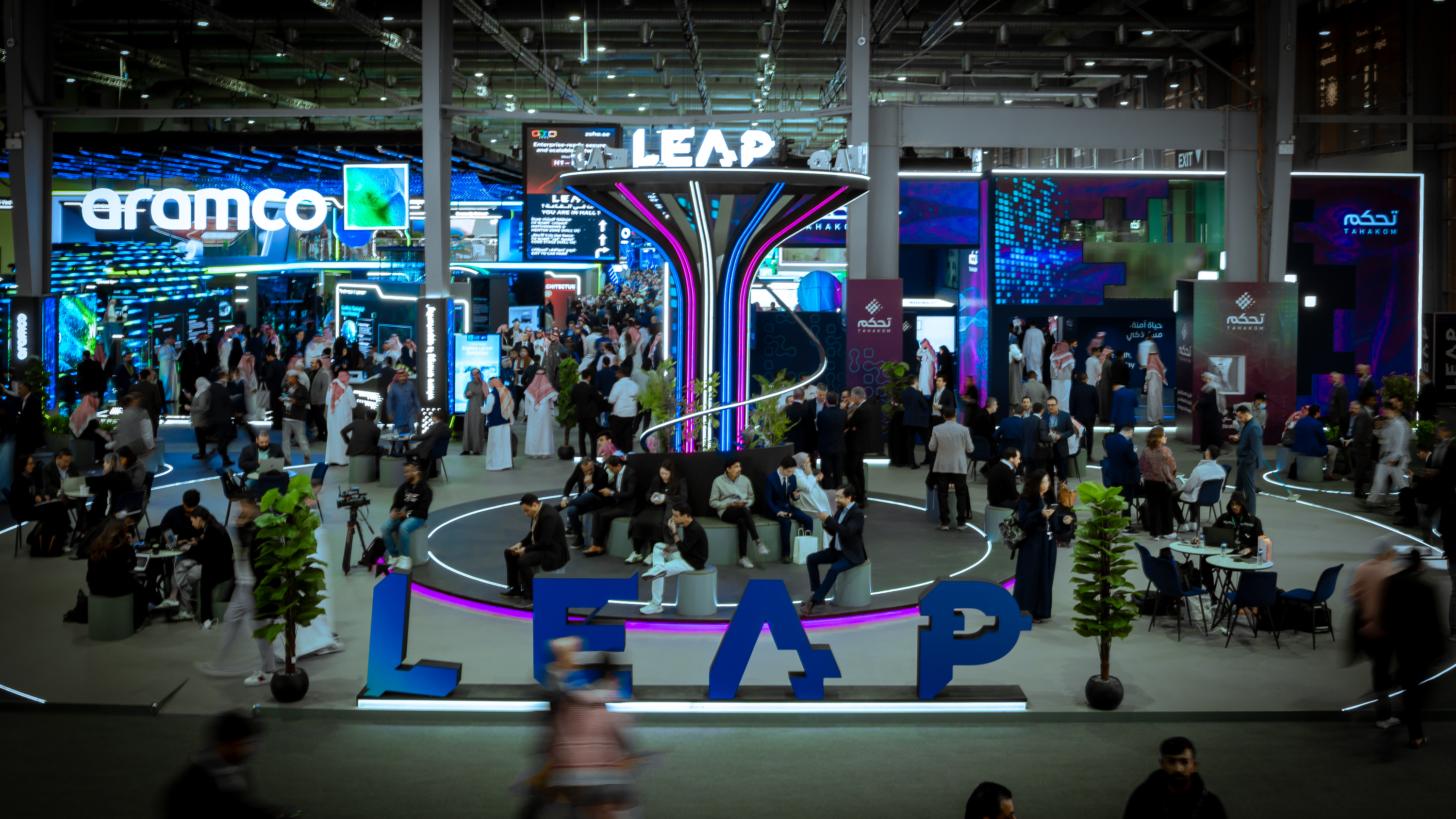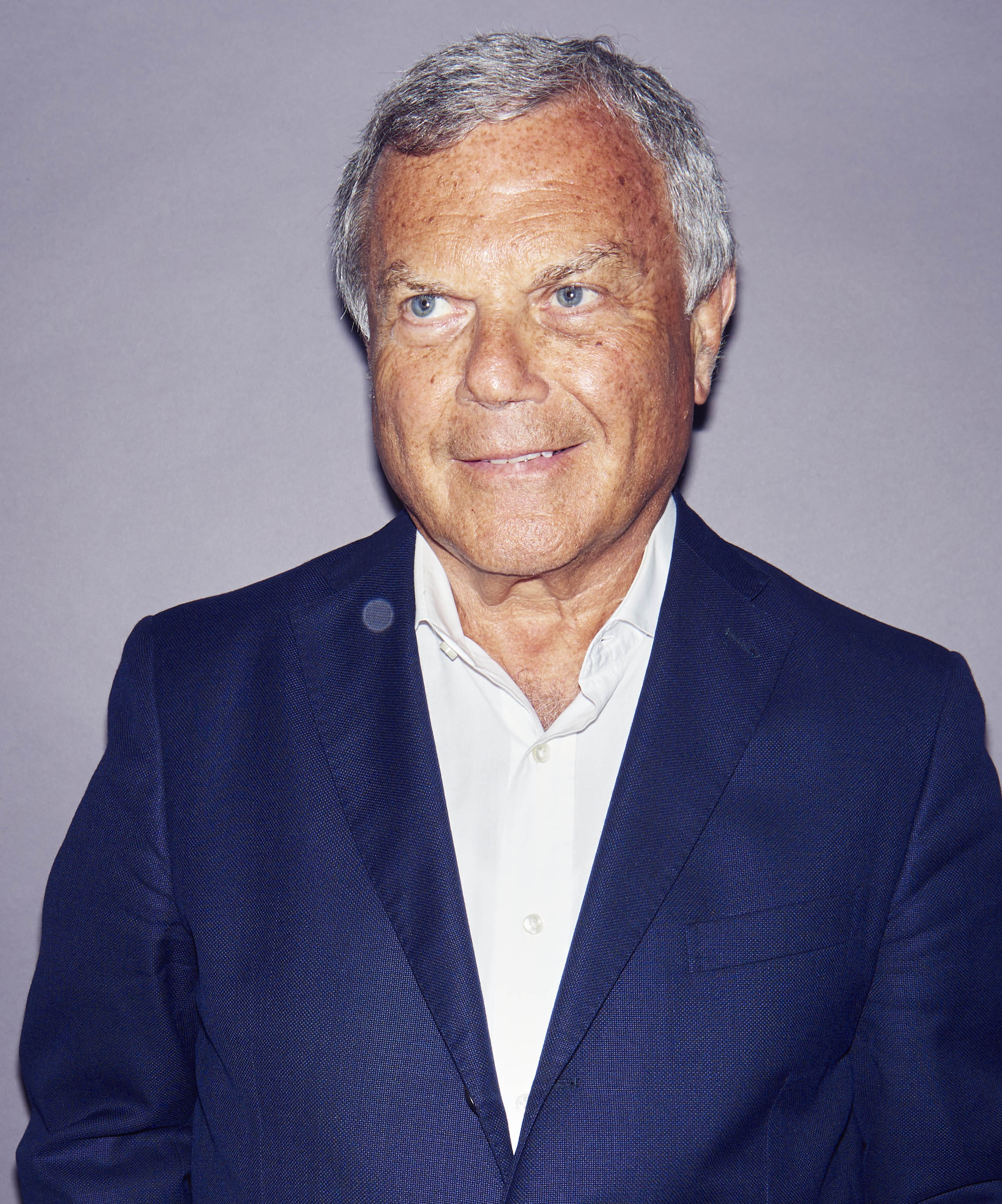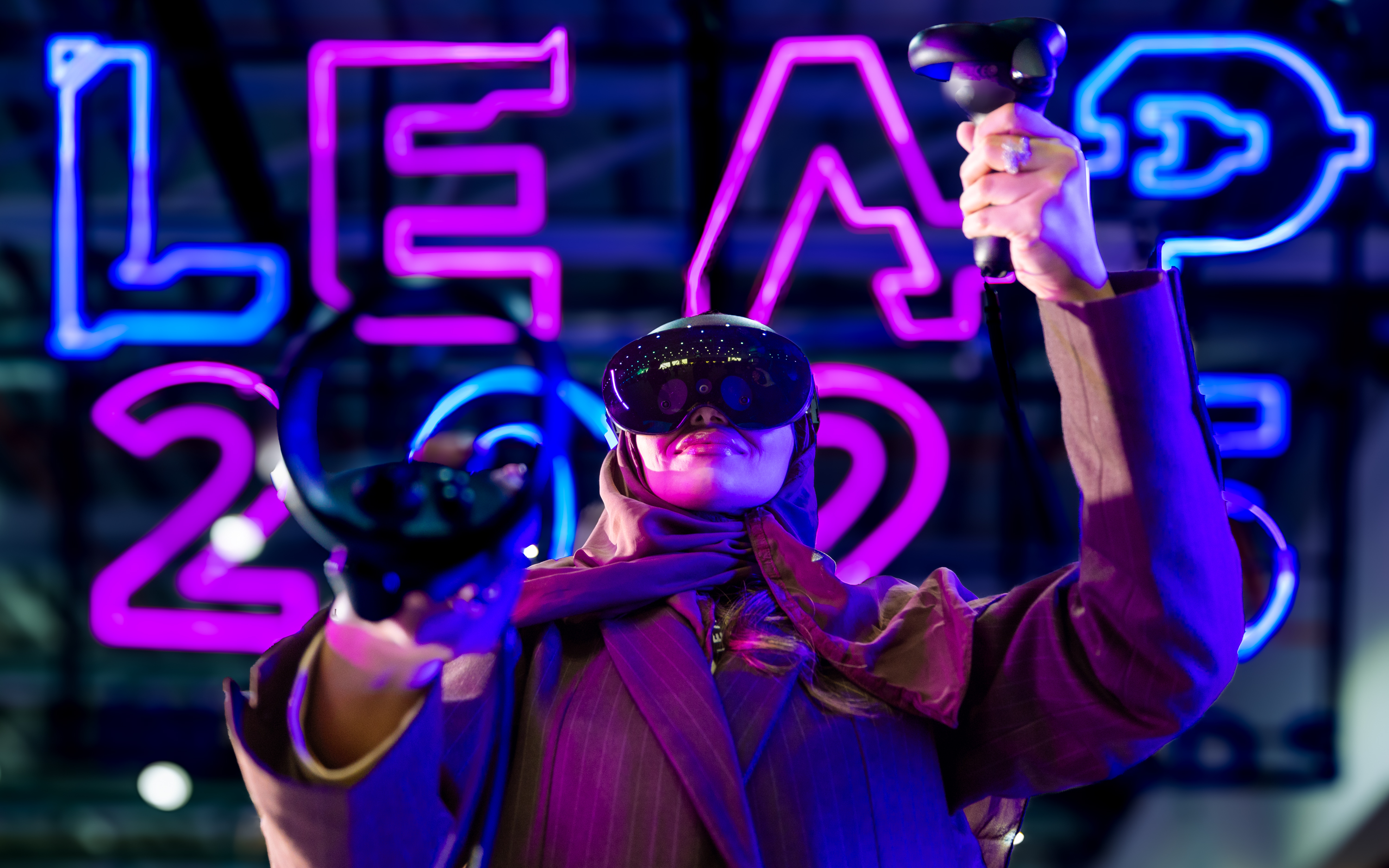“LEAP 2025, leading the way in AI Investments”

Inside Saudi Board

Sir Martin Sorrell is the founder of S4 Capital, whose wholly owned subsidiary Monks is a marketing and services model with a key focus on AI. It has thousands of digital experts working across almost 60 talent hubs in over 30 countries. Sir Martyn Lewis caught up with Sir Martin when he attended last week’s LEAP conference in Riyadh, and began by asking him why he was there.
MS – Well, we’re using it as a an opportunity to reinforce and develop our relationships with our biggest tech clients delivering one billion dollars of gross revenue. Our largest relationship is with Alphabet and Google . The second is Nvidia, the most valuable telecoms company on the planet. The third is Meta, and we have relationships with Amazon, Disney, Netflix , Univision, and others in the tech area. So tech for us is extraordinarily important. There’s a huge opportunity for Saudi to develop a very strong AI presence driven by its energy resources – as an alternative competitive force, if you like, between the US and China. I think the region, and in particular the Kingdom, will become extremely important.
ML – Give me some idea of the kind of AI projects and advice that Monks is already involved in?
MS – Well, to give you a bit of perspective: clients in our industry spend about a trillion dollars on advertising and marketing. About 700 billion of that is in digital and about 300 billion in traditional. The growth dynamics are really interesting. Digital continues to grow at around 10 to 15%. But the 300 billion in traditional media is not growing. It’s going backwards. If you have live sport, you’re down this year up to 5%. If you don’t have live sport, you’re down 10 to 15%. So huge compression on that 300 billion. You’ve got a tale of two Cities, if you like. That’s the background to your question, and AI is having an impact in five areas. First, visualization and copywriting. That’s a two-edged sword for advertising agencies because they sell time, and if procurement departments see the time being compressed they’ll argue that fees should be reduced. So more efficiency means fewer copy writers and art directors. The second area is hyper personalization at scale, as we call it, which is individualized marketing to you or me. The information that clients consolidate and aggregate from you and me as we sign in on websites is a huge growth area. And we’re seeing a lot more personalized content. The companies we work with have streaming platforms where we can personalize content at huge scale. Historically we might produce a million assets for a campaign ; with AI we produce multimillion. That’s a huge area of opportunity – price per asset coming down because of the technology, but a huge increase in the number of assets being used. The third area is media planning and buying. You know the investment business very well, and you know the BlackRock or Blackstone. They don’t invest money manually or semi-manually. They do it algorithmically. There’s no reason why that shouldn’t be done in our industry too. So you won’t be relying on a 25 year old media planner or buyer in the future ; you’ll be relying on information that is developed through algorithmic analysis which that 25 year old media planner or buyer will use much more effectively. So a huge opportunity for us as a disruptor in AI, but a challenge for those that are established. The fourth area is general efficiency. Take the the cost of an outside broadcast which would traditionally be done with a 10 million dollar broadcasting truck which you amortize over 5 years at 2 million a year. Now we can produce an AI driven cloud solution for about $100,000. So a dramatic cost reduction. And the 5th area is the most interesting – it is democratisation of knowledge. Nvidia’s CEO has 51 direct reports. But McKinsey say the ideal number is 12 or 13. What AI is doing is flattening organizations and deploying information much more aggressively and interestingly across the organization. It’s starting to have impact in tests, in audits, in workshops. As yet, there are only a few big case studies for wholesale change – as we’re seeing at General Motors – but in my view that will come.

ML – AI development is moving so fast that what seems a good idea can be out of date within days. How do you position the brands you work with to take advantage of what could be an absolute torrent of business innovation, with ideas tumbling over each other?
MS – Well, it’s going to be continuous development. You’re right, Martyn, the process is being compacted. I remember going to a JP Morgan conference where their futurists said our grandchildren will see change in 10 years that we’ve seen in 50 or 100 years. What we have to do is be on the cutting edge. The tech incumbents are going to be the winners because they have two big assets; one is data and the other is distribution. We work very closely with them, and we are continuously developing new thoughts, new ideas and new approaches.
ML – China recently released DeepSeek, this free AI model that matches Open AI’s $200 a month. Developers, especially small companies, can use it to build tools without a six figure cloud computing budget. So does it change your business model?
MS – Well, we welcome it because it expands the primary demand for AI, as well as reducing the input cost for its development, and that is only good. It takes down the hurdles for entering AI territory. We think that’s hugely beneficial to our business. It also calls into question whether these big capital investments are necessary. My own view is that you never do yourself a service if you underestimate the power and application of the Chinese. They’re hugely focused, very motivated. I’ll give you one concrete example: there’s a company called Minimax, which does text to video and text to audio, and is competing with a company we’ve invested in called Sora, which is the OpenAI text to video operation. The founders and developers of Minimax are people who were trained at Alphabet, trained at Google Cloud, trained at Amazon, trained at Apple, and they’ve gone back to China, firstly, to look after their parents in many cases, but also because they have great faith in China. So I think, never underestimate China. And you are going to see similar opportunities in spades with the Kingdom of Saudi Arabia. They’re going to do exactly the same, but on a huge scale. And I think there’s tremendous potential here.
ML – Given the current economic climate, where do you think we’re going to see the biggest opportunities in months, years ahead.
MS – Well, we all know the big geopolitical issues we have to worry about. So you have to pick your growth regions? I would say North America is very strong for the next couple of years , although what happens after the mid-terms is another question. I’m very bullish on Latin America despite some left wing governments. Argentina is a big opportunity, Uruguay on a smaller scale. I’m very bullish too on Asia Pacific. The 3 biggest economies in the world in 2050 will be Asian – China, India and Indonesia. India will become more important, growing now 6, 7, 8%. Modi did well in the elections. Whatever you think of him, he’s great for brand India and a great leader.Then you have countries like Vietnam, Indonesia, Singapore, Malaysia, Thailand, the Philippines. I don’t include Africa for a reason – there are too many conflicts, so the opportunities there are micro rather than macro. And then, finally, Europe. Every client I speak to looks at Europe as being a cost centre. They don’t talk about it in revenue terms or revenue growth terms. One other observation – I think growth is going to be slower than we’ve been used to. Instead of being above 3%, it’ll hover around 3% for the world. And in Europe, unfortunately, will be less than 3% ; we’re certainly seeing the pressure there. Inflation is going to be stickier than people think; so interest rates are going to be higher. In that environment, you have to pick your geographies, and you have to become even more efficient – and that means with AI, with quantum computing, with the metaverse and other technologies. I think the world is a very different place today than in the last few decades. It’s going to be much less peaceful, more fragmented, fractured, and disparate – a much more difficult world to navigate. And that’s going to shorten investment cycles, product cycles and brand cycles, making people much more tactical and short term.
ML – And the effect of a Trump presidency ? MS – Well, I can’t stress enough how positive the American business community is about Trump and the background. I mean, basically low tax, low rent, low regulation. When you ask CEOs what worries them the most they don’t talk about climate change or China, Russia, the Ukraine. It is regulation. I haven’t seen anything like this since President Reagan in 1985. But you know, it is exhausting, and I think the downside is that the volatility is so great. For example, the dislocation caused by the tariffs makes it difficult for business to plan. So I get a little bit nervous. I mean, I’m exhausted after Trump’s first few weeks. God knows what I’ll feel like after four years.
